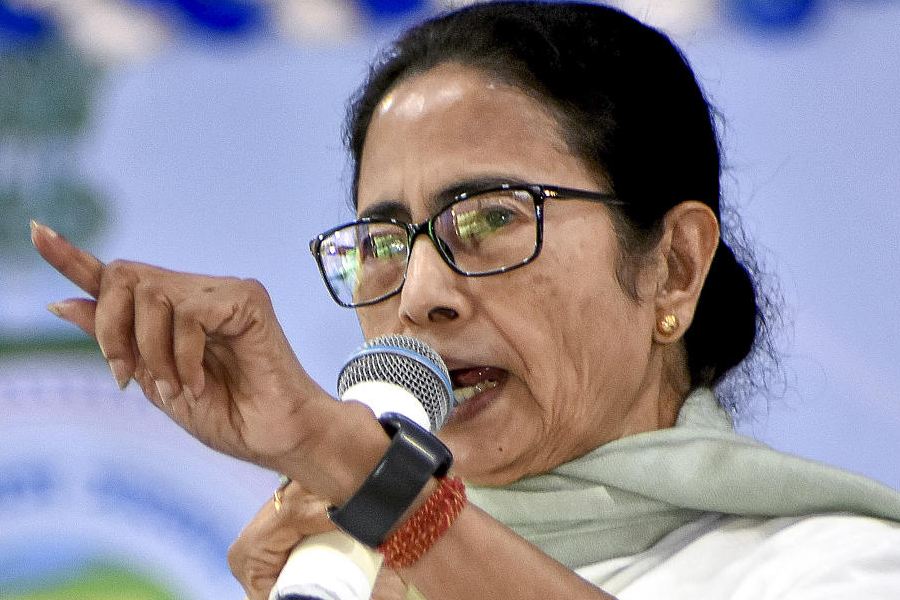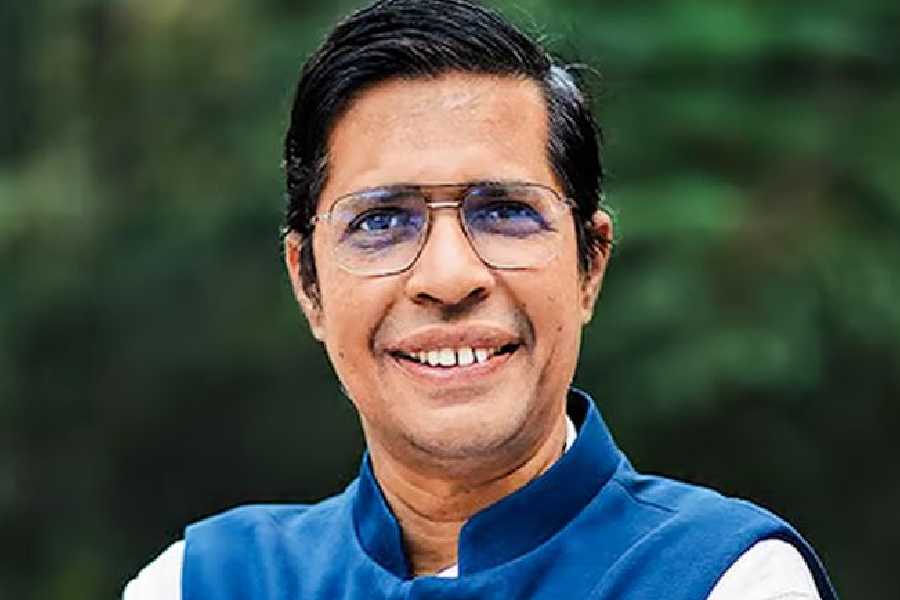Street art seems to have taken Indian cities by storm. Yet, on scratching the painted surface, you will see the genre teeming with contradictions. While deriving its interventionist nature from the subcultural art form of graffiti, street art, as we know it today, detaches itself stylistically and methodologically from the former. In the last decade, India has witnessed a State-commissioned art movement that responds to neoliberal public policy and the financialisation of cities. Interestingly, the movement makes sure to attach itself to the ‘tactical’ ways that American hip-hop graffiti had adopted and relied on. It is from this strategic stance that contemporary street art, often termed ‘post-graffiti’, derives its conceptual value.
Post-graffiti — that which comes after graffiti but is not quite like it — employs a range of artistic techniques, from stencils and murals to installations and crochet, seeking to democratise art while retaining the spontaneous essence of graffiti. It seems to function like a unique art world of its own by creating outdoor gallery spaces, such as urban art districts, that may be ticketed and that coincide with the worlds of tourism, design and advertising.
However, much like ‘post-modernism’, ‘post-graffiti’ lacks a clear predecessor in India where a defined subcultural graffiti movement did not take root. The brief graffiti scene in Delhi during the 2000s, for instance, was primarily driven by middle-class artists with access to spray paint and exposure to American culture. The movement itself often lacked subcultural intent and hardly posed a threat to urban order; so, if there was no graffiti movement to transcend, how do we understand the ‘post’ in ‘post-graffiti’ in the Indian context? This inquiry extrapolates the question posed by the philosopher, Kwame Anthony Appiah: “Is the Post- in Postmodernism the Post- in Postcolonial?”
In Indian cities, post-graffiti blurs several boundaries and challenges the elitism of the art world; yet it is often produced by middle-class artists who are either part of the art world that they critique or aspire to be a part of. The figure of the late street artist, Hanif Kureshi, aka graffiti writer Daku, characterised the paradox of artistic identity that emerged in the blurred lines between graffiti and street art, reflecting both the charms and the contradictions inherent in post-graffiti in India. Navigating seamlessly between his illegal graffiti writing and his professional commitments to advertising, Kureshi occupied a liminal space between subculture and mainstream that is characteristic of the post-graffiti aesthetic. He was careful to point out that while street art and post-graffiti reflect different practices, they share a cultural lineage. While he viewed street art as inherently democratic for its accessibility and ability to challenge the pretentiousness of gallery-goers who overanalyse art, he was also acutely aware of the inaccessible nature of graffiti itself in urban India. Even as Kureshi’s art works made it to the galleries in urban India, they critiqued the elite nature of the art establishment very much in the strain of pop art. As ‘Daku’, he produced interventions that challenged consumerism in the city while as Hanif, he engaged in art initiatives that bolstered State-led urban redevelopment.
Embodied in the figure of Hanif Kureshi, post-graffiti in India invites us to consider how street artists may engage with and critique both the art world and the neoliberal State, reflecting a complex relationship with commerce that transcends the dichotomy of ‘selling out’ versus radical critique. As neoliberal governments redefine the boundaries between vandalism and art, greater participation in urban spaces has become the norm, often requiring street artists to create socially responsible works that engage the community. What was once a subversive act can now be sanctioned and celebrated. But this also reminds us that newer forms of disciplining and co-optation may emerge under neoliberalism, making simple critiques of appropriation inadequate in understanding the nuances of art’s relationship with the political.
Sanchita Khurana teaches English at Mata Sundri College for Women, University of Delhi. Her doctoral research studied the political economy of commissioned street art in contemporary India











